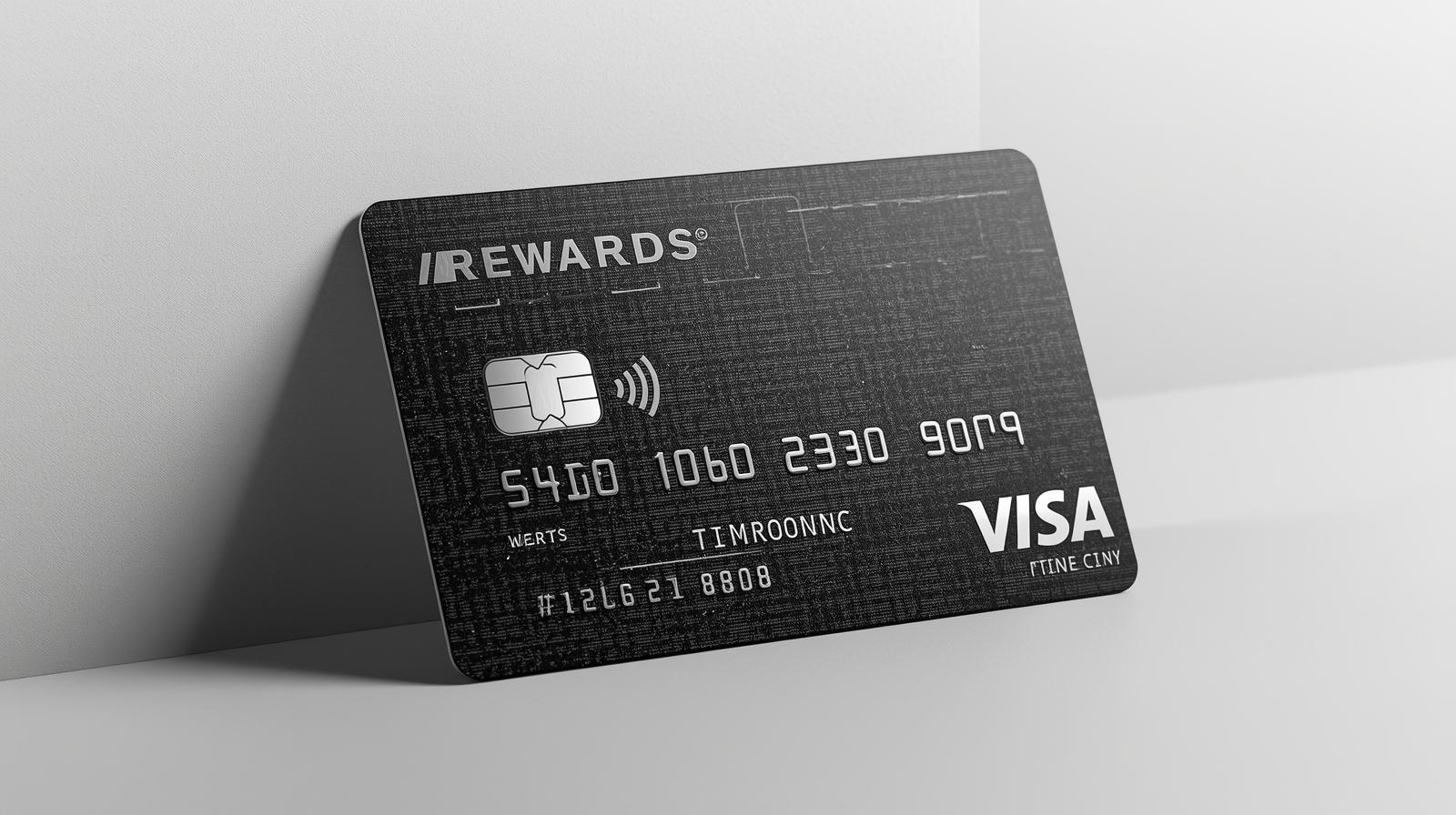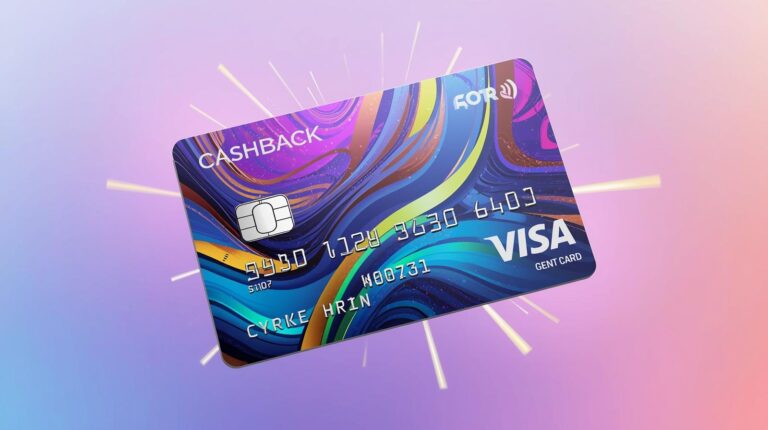If you’ve ever dreamed of getting rewarded for your everyday spending, then rewards credit cards might sound like pure magic. But here’s the exciting part — these cards aren’t just about earning points, cashback, or travel miles. When used smartly, rewards credit cards can become a powerful tool to strengthen your overall loan planning strategy.
Yes, you heard that right!
The same card that gives you cashback on groceries can also help you improve your loan eligibility, credit health, and financial planning — if you know how to play the game right.
Let’s break this down step-by-step in a friendly, easy-to-follow way.
Understanding the Basics: What Are Rewards Credit Cards?
A rewards credit card is a type of credit card that gives you something back every time you spend — either in the form of:
- Cashback: You get a small percentage of your spending back in cash.
- Reward Points: You earn points that can be redeemed for vouchers, discounts, or products.
- Miles: You earn travel miles that can be used for flight tickets, hotel stays, etc.
So, every time you use your credit card to buy groceries, pay bills, book tickets, or shop online, you’re earning a reward for spending money you would’ve spent anyway.
Example:
If your credit card offers 1.5% cashback and you spend ₹10,000 a month, you could earn ₹150 as cashback — every single month! That’s ₹1,800 a year for doing nothing extra.
But let’s go beyond rewards for a second.
When we connect rewards cards with loan planning, the story gets much more interesting.
Why Talk About Rewards Cards and Loan Planning Together?
You might be wondering, “How is a credit card related to loan planning?”
Here’s the link —
Your credit card is a mini-loan that you take and repay every month.
It’s recorded in your credit report and affects your credit score, which plays a crucial role when you apply for any bigger loan (like a home loan, personal loan, or car loan).
So, how you use your credit card — including a rewards card — directly impacts your loan eligibility, interest rate, and approval speed.
In short:
“A smartly used rewards credit card can make you a more trusted borrower in the eyes of banks and lenders.”
The Hidden Connection: Rewards Cards and Credit Score
Your credit score is a three-digit number (usually between 300 and 900 in India) that tells lenders how responsible you are with borrowed money.
Here’s how a rewards credit card can help you build or improve that score:
a. On-time Payments Build Trust
When you pay your credit card bill in full and on time every month, it signals to banks that you’re a reliable borrower.
This habit builds a strong payment history, which makes up around 35% of your credit score.
b. Credit Utilization Ratio
This is how much credit you use compared to your total credit limit.
For example, if your limit is ₹1,00,000 and you use ₹30,000, your utilization ratio is 30% — which is healthy.
Keeping this below 30% helps your score stay strong.
c. Length of Credit History
Using the same rewards card responsibly for a long time adds to your credit age. A longer history means lenders can see consistent financial behavior.
d. Credit Mix
Having both credit cards (revolving credit) and loans (installment credit) in your report shows variety. This mix adds stability to your credit profile.
So, the more responsibly you use your rewards credit card, the better your score — and the better your loan options later.
How a Rewards Credit Card Can Strengthen Your Loan Planning
Now that you understand the connection between rewards cards and credit health, let’s see how this helps with loan planning in a practical way.
a. Boosting Your Loan Eligibility
Lenders look at your credit score before approving loans.
A higher score = lower risk for the bank = higher chances of approval.
If your rewards card usage has helped you maintain a score above 750, you’ll be considered a prime borrower, making it easier to qualify for any loan — from personal to home loans.
b. Getting Lower Interest Rates
Banks reward disciplined borrowers with lower interest rates.
For example, if your friend has a score of 650 and yours is 800, you could get the same loan at a lower interest rate — just because you managed your credit card better.
That means you save thousands (or even lakhs) over the loan’s lifetime.
c. Creating a Financial Track Record
Having a long, consistent history of using and repaying your rewards credit card helps you build a positive financial reputation.
When lenders see years of timely payments and stable spending, they’re more confident in offering you bigger loans in the future.
d. Managing Your Debt More Strategically
Many rewards cards offer balance transfer features — you can move high-interest debt from another card or loan to your rewards card with lower interest (or even 0% for a few months).
This can help you manage repayments smarter and save money during your loan journey.
The Rewards Advantage: Earning While You Spend
Here’s where rewards credit cards become exciting.
While you’re building your credit and improving your loan readiness, you’re also earning valuable benefits.
Let’s break down the types of rewards and how they fit into your financial planning.
a. Cashback Rewards
You get direct money back on each purchase.
This can be used to:
- Offset your future credit card bill
- Save toward your loan EMIs
- Add to your emergency or savings fund
Example:
If you spend ₹25,000 a month and your card offers 2% cashback, that’s ₹500 monthly or ₹6,000 a year — enough to cover one EMI or part of your loan prepayment.
b. Reward Points
Points can be converted into gift cards, vouchers, or even cash.
Some cards even let you use points to pay for EMIs or reduce loan processing charges with partner banks.
c. Travel or Lifestyle Rewards
Travel rewards might not sound directly connected to loan planning, but here’s how they help —
If you save on travel or entertainment through points, you can redirect that saved money toward your loan goals.
The idea is simple:
Let your spending pay you back and support your financial goals at the same time.
Smart Habits to Use Rewards Cards for Loan Planning
To truly make your rewards credit card strengthen your loan planning, you must use it wisely.
Here are some golden rules every beginner should know:
a. Always Pay in Full and On Time
Never carry forward your balance.
Paying only the minimum due will lead to high interest (up to 40% annually), which can quickly become debt.
Set auto-reminders or auto-pay to ensure you never miss a due date.
b. Track Your Spending
Rewards cards encourage spending — but that can backfire if you overspend.
Use your card only for planned expenses like groceries, fuel, bills, or EMIs — not impulse buys.
c. Use Only 30% of Your Credit Limit
Keeping your utilization low shows discipline and boosts your credit score, helping you qualify for future loans more easily.
d. Don’t Open Too Many Cards
It’s tempting to collect multiple reward cards, but too many credit inquiries or unused accounts can hurt your credit score.
e. Redeem Rewards Smartly
Don’t let your points expire!
Set reminders to redeem them for useful benefits — maybe an Amazon voucher to buy essentials or cashback to pay a loan EMI.
f. Review Statements Regularly
Always check your card statements for errors or fraud.
Maintaining a clean record helps when banks assess your credit behavior during loan evaluations.
Real-Life Example: How It All Comes Together
Let’s imagine a simple case study.
Meet Riya
Riya is a 28-year-old professional who earns ₹50,000 a month. She got her first rewards credit card with a ₹1,00,000 limit.
Here’s what she did:
- Used her card only for bills, groceries, and online shopping (around ₹25,000 per month).
- Paid the full bill on time every month.
- Earned around ₹500 cashback monthly.
- Kept her utilization below 30%.
- Used the cashback to add to her emergency fund.
After 2 years:
- Her credit score improved from 680 to 790.
- She had ₹12,000 extra from cashback savings.
- When she applied for a car loan, she was offered a lower interest rate because of her excellent credit history.
That’s the power of combining rewards cards with smart loan planning.
How to Choose the Right Rewards Credit Card
With so many options out there, choosing the right rewards card can be confusing.
Here’s a checklist to make it easier:
| Factor | What to Look For | Why It Matters |
|---|---|---|
| Type of Rewards | Cashback, points, or miles based on your lifestyle | Choose what you’ll actually use |
| Annual Fees | Compare fees vs. rewards earned | Some cards give high rewards but charge heavy fees |
| Reward Rate | 1%–5% returns are good | Higher reward rate = more value |
| Partner Brands | Amazon, Flipkart, fuel stations, airlines, etc. | Helps you maximize everyday spending |
| Redemption Flexibility | Easy redemption without complex rules | Saves time and frustration |
| Bonus Offers | Welcome bonuses, milestone rewards | Can give big extra value initially |
| Bank Reputation | Reliable service and transparent billing | Ensures smooth experience |
Pro Tip:
If your goal is long-term financial planning and loan readiness, choose a cashback or points-based card that rewards regular spending like fuel, groceries, and utilities — not just luxury purchases.
Common Mistakes to Avoid
Even the best rewards card can harm your financial health if used wrongly.
Here are some common traps beginners fall into:
- Overspending for Rewards:
Spending ₹10,000 extra just to earn ₹200 cashback isn’t a win. - Carrying Forward Balances:
Paying only the minimum amount due leads to high interest — which cancels out all rewards. - Missing Payments:
Even one missed payment can drop your credit score significantly. - Ignoring Fees:
Annual charges or late fees can silently eat your rewards. - Frequent Card Applications:
Applying for too many cards in a short time can hurt your credit score due to multiple hard inquiries.
Avoid these, and your rewards card will become a real asset in your financial plan.
How Rewards Cards Fit Into a Complete Loan Planning Strategy
Let’s see where rewards cards sit in your overall loan planning journey:
| Stage | Loan Planning Step | How Rewards Card Helps |
|---|---|---|
| 1. Credit Preparation | Build/Improve Credit Score | Regular, timely card usage builds credit history |
| 2. Pre-Loan Planning | Evaluate eligibility | Strong credit helps get higher loan limits |
| 3. Loan Application | Interest rate negotiation | High credit score = better loan offers |
| 4. Repayment Strategy | EMI management | Cashback/points can help you offset costs |
| 5. Post-Loan Financial Health | Keep credit utilization stable | Continued responsible card use maintains credit score |
In short, your rewards card can be both a credit builder and a financial booster — making your loan journey smoother and cheaper.
Final Thoughts: Use Rewards Cards as a Financial Tool, Not a Temptation
At the end of the day, a rewards credit card is a financial tool — not a toy.
If used responsibly, it can:
- Improve your credit score
- Strengthen your loan profile
- Earn you cashback and savings
- Support smarter financial habits
But if used carelessly, it can quickly turn into debt trouble.
So, the golden rule is:
“Spend wisely, pay timely, and let your credit card work for you — not against you.”
When you do that, your rewards credit card won’t just make you earn points — it’ll make your loan planning stronger, smoother, and smarter.




